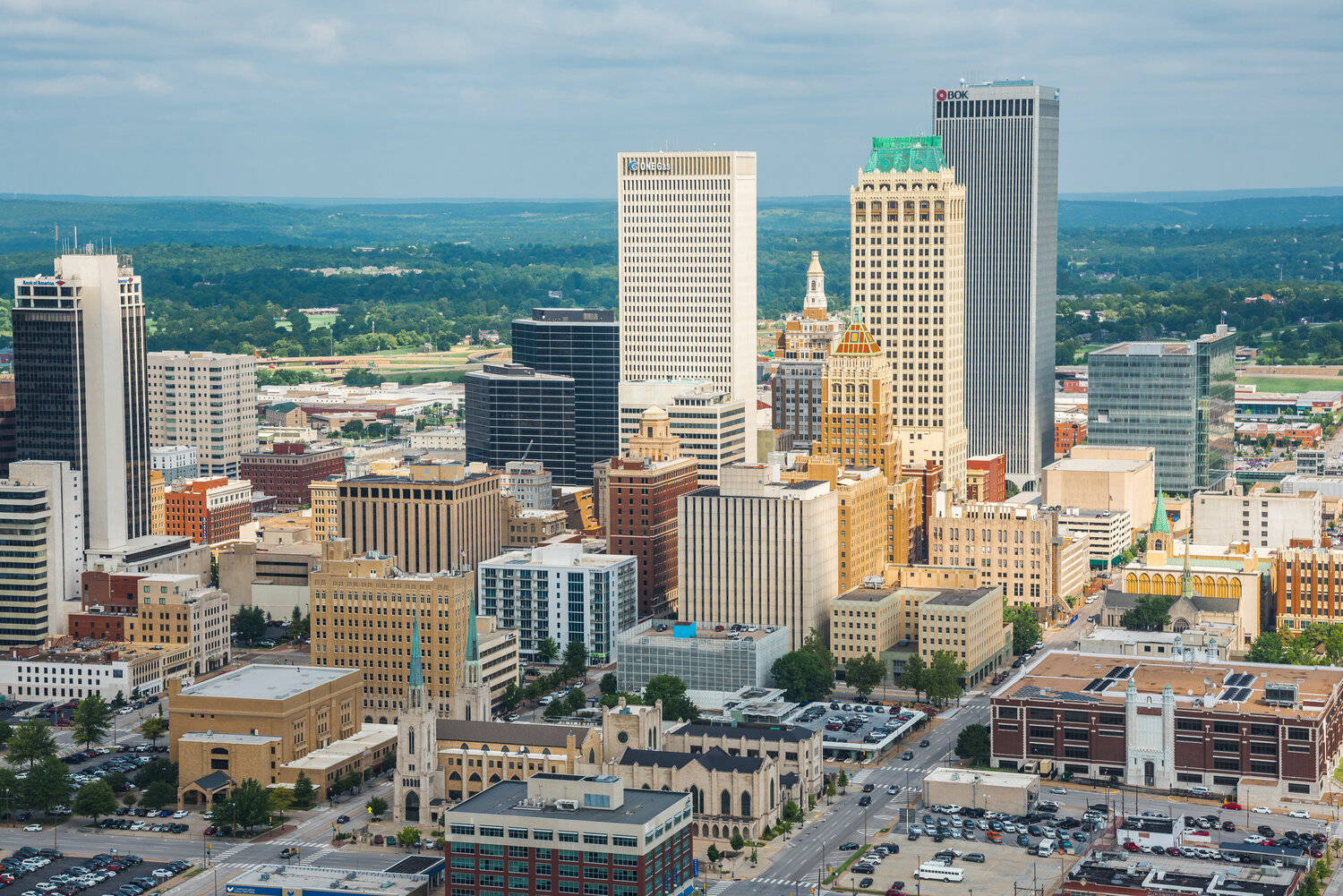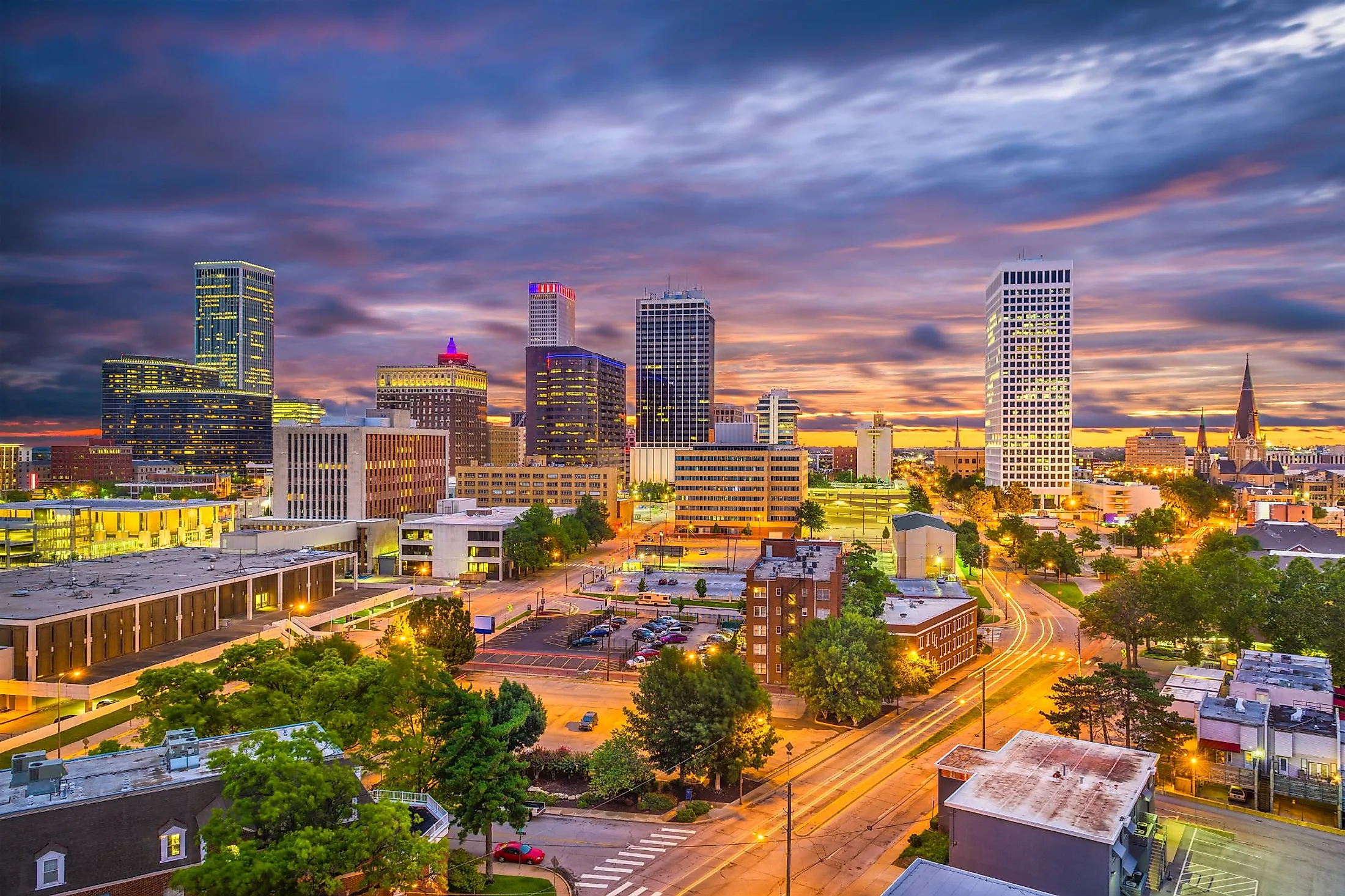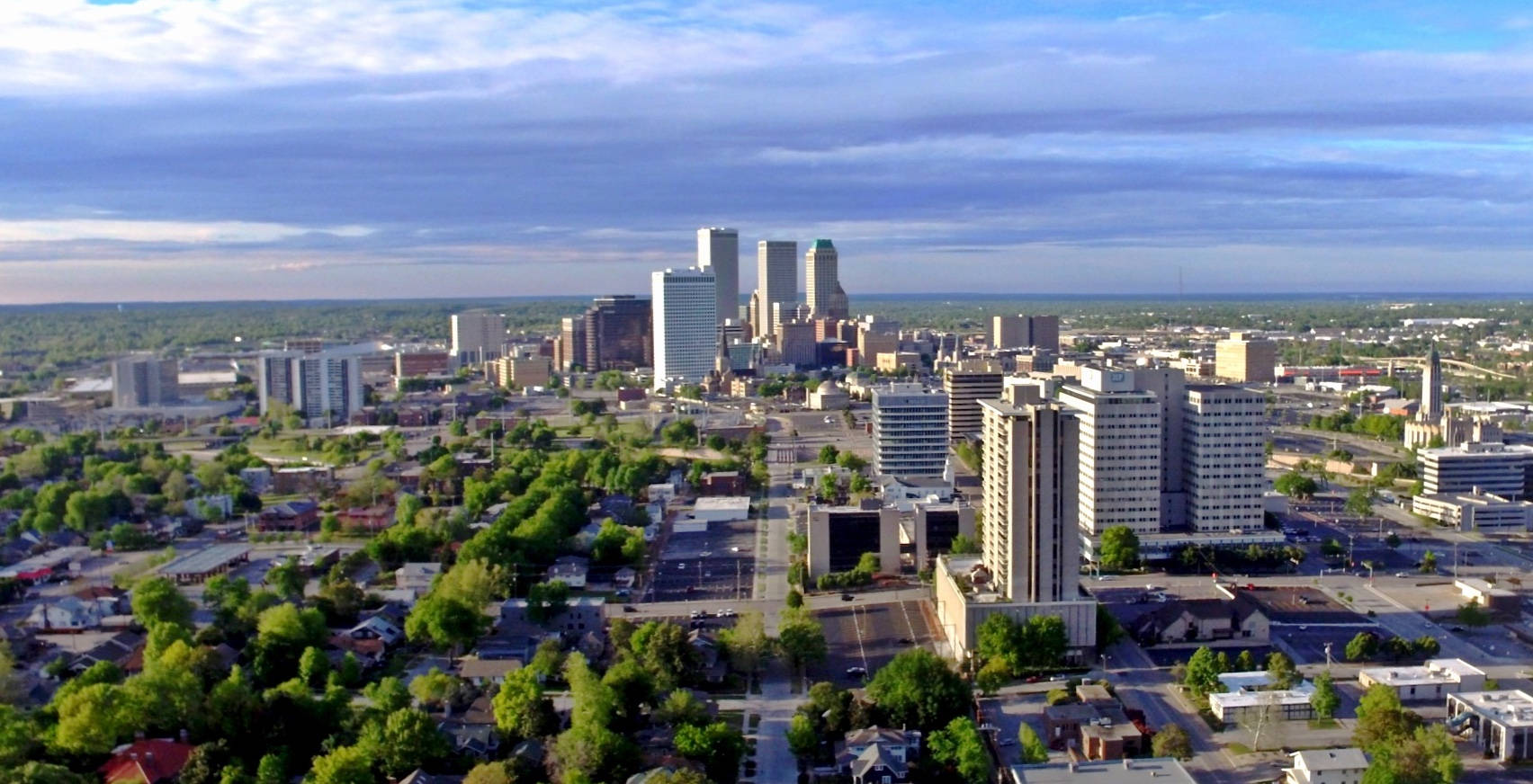
Echoes in the Dust: America’s Legends, From Mythic Heroes to Unveiled Truths
The American landscape is a vast tapestry woven with threads of myth, history, and memory. From the towering redwoods of California to the desolate plains of the Midwest, every corner of this nation whispers tales – some fantastical, others starkly real. These are the legends of America, a vibrant and often contradictory collection that shapes our understanding of who we are, where we came from, and what we choose to remember. They are the giants who felled forests, the heroes who tamed the wild, and the ghosts of injustices long suppressed, only now finding their voice.
At the heart of the American mythos lie the larger-than-life figures born of the frontier spirit and the industrial age. Paul Bunyan, the colossal lumberjack whose footsteps created Minnesota’s 10,000 lakes, and his loyal blue ox, Babe, embody the sheer scale and raw power required to conquer a continent. Johnny Appleseed, the gentle pioneer who crisscrossed the land planting apple trees, represents a more nurturing, benevolent side of westward expansion, a figure of enduring optimism and foresight. These are not merely children’s stories; they are foundational myths that helped a young nation define its character: resilient, resourceful, and capable of monumental feats. They speak to the American ideal of endless possibility and the transformative power of human endeavor, often glossing over the darker realities of displacement and exploitation that accompanied such expansion.
Beyond these celebrated figures, America’s legends delve into the mystical and the supernatural. The vast, untamed wilderness birthed tales of cryptids like Bigfoot, the elusive ape-man said to roam the Pacific Northwest, a modern iteration of the wild man archetype. The skies, too, hold their share of mysteries, with countless UFO sightings and theories of alien encounters reflecting a persistent human fascination with the unknown and our place in the cosmos. These legends, often fueled by grainy photographs and eyewitness accounts, speak to a primal human need to believe in something beyond the mundane, to find wonder and mystery in a world increasingly explained by science. They are the contemporary campfire stories, passed through internet forums and late-night talk shows, evolving with each telling to reflect modern anxieties and aspirations.

Yet, America’s legends are not solely confined to the realm of the fantastic. Many are deeply rooted in the historical experiences of its diverse peoples. Indigenous cultures across the continent possess rich oral traditions that predate European arrival by millennia. These narratives, often deeply spiritual, explain the creation of the world, the origins of humanity, and the sacred connection between people and the land. From the Iroquois Sky Woman who fell from the heavens to create the Earth, to the Navajo Changing Woman who embodies the cycles of life and renewal, these legends offer profound insights into worldviews that prioritize harmony, balance, and reverence for nature. Unlike the European-derived tall tales, these are living legends, integral to cultural identity and passed down through generations, often carrying moral lessons and historical memory.
It is in the intersection of history and memory, particularly where memory has been suppressed, that some of America’s most potent and challenging legends emerge. These are not tales of mythical beasts or benevolent giants, but stories of human struggle, resilience, and profound injustice – events so traumatic they were deliberately buried, only to re-emerge as haunting echoes from the past. One such "legend," meticulously unearthed and now demanding national reckoning, is the Tulsa Race Massacre of 1921.
For decades, the story of the destruction of "Black Wall Street" in Greenwood, a prosperous African American district of Tulsa, Oklahoma, was largely absent from history books and public discourse. It existed as a whispered trauma within the Black community, a collective memory passed down through families, but systematically erased from the official narrative of American progress. This suppression itself became a legend – the legend of a hidden truth.
Greenwood was, by all accounts, an extraordinary achievement. Built by African Americans who had fled the oppressive Jim Crow South, it boasted a thriving economy with banks, hotels, grocery stores, luxury shops, and medical facilities, all owned and operated by Black entrepreneurs. As historian Scott Ellsworth writes in "The Secret Game: A True Story of Love, Murder, and Autistic Genius," Greenwood was "a self-contained community, virtually a city within a city, populated by some of the most talented and successful black people in the country." Its success, however, bred resentment among some white residents, simmering beneath the surface of a deeply segregated society.
The spark came on May 31, 1921, when a young Black man, Dick Rowland, was accused of assaulting a white elevator operator, Sarah Page. Though the circumstances of the alleged assault remain debated – some suggest he merely tripped or accidentally brushed her – the accusation ignited a powder keg of racial animosity. A local newspaper, the Tulsa Tribune, published a inflammatory front-page article, calling for Rowland’s lynching. When armed white mobs gathered outside the courthouse demanding Rowland be handed over, Black WWI veterans, aware of the horrifying history of lynching, arrived to protect him. A confrontation ensued, a shot was fired, and the situation spiraled into a two-day reign of terror.
What followed was not merely a riot but a deliberate act of destruction and murder. Thousands of white residents, many deputized and armed by local officials, descended upon Greenwood. They looted homes and businesses, set fires, and shot Black residents on sight. Eyewitness accounts and historical records describe planes flying overhead, dropping incendiary devices onto buildings – a chilling precursor to modern aerial warfare. The National Guard was eventually called in, but rather than protecting the Black community, many accounts suggest they participated in the round-up and detention of Black citizens.
By the time the violence subsided on June 1, Greenwood lay in ashes. Over 35 city blocks, more than 1,250 homes, and numerous businesses, churches, and schools were destroyed. Estimates of the dead vary widely, from dozens to hundreds, with many bodies never recovered or officially counted. Thousands of Black residents were left homeless and interned in temporary camps. No one was ever prosecuted for the massacre, and insurance claims from victims were largely denied. The city and state actively worked to suppress the memory of the event, with newspaper accounts destroyed, official reports altered, and survivors often intimidated into silence.
The legend of Tulsa, therefore, is multifaceted. It is the legend of Black excellence and self-determination, symbolized by Greenwood. It is the legend of racial hatred and state-sanctioned violence, a brutal manifestation of systemic racism. And crucially, it is the legend of a deliberate historical amnesia, an almost complete erasure from public consciousness for decades. As historian James Hirsch Jr. notes in his book "Riot and Remembrance: The Tulsa Race War of 1921," the event was "a taboo subject, a memory so painful, so shameful, that people simply refused to speak about it."

It was only in the late 20th century, largely through the tireless efforts of survivors, their descendants, and a few dedicated historians and journalists, that the truth of the Tulsa Race Massacre began to emerge from the shadows. The establishment of the Oklahoma Commission to Study the Tulsa Race Riot of 1921 in 1997, and its subsequent report, played a pivotal role in bringing the story to wider national attention. The centennial in 2021 brought renewed focus, forcing a painful but necessary national conversation about racial violence, economic injustice, and the enduring legacy of systemic racism in America.
The legend of Tulsa forces us to re-examine the very fabric of the American dream, exposing the deep fissures of inequality and racial animosity that have always coexisted with narratives of progress and opportunity. It stands as a stark reminder that some of America’s most profound "legends" are not works of fiction, but unvarnished truths, demanding recognition and reconciliation.
In the end, the legends of America are as diverse and complex as the nation itself. They are the echoes of Paul Bunyan’s ax strokes, the whispers of ancient spirits in the wind, the blurry images of Bigfoot, and the haunting silence of a burned-out district in Tulsa. They are the stories we tell ourselves, and the stories we try to forget. But whether they are born of fantasy or forged in the crucible of history, these legends collectively define the American character – a testament to its boundless imagination, its enduring struggles, and its continuous, often painful, journey towards truth and self-understanding. For in every legend, no matter how grand or how grim, lies a piece of the American soul, waiting to be discovered, understood, and ultimately, remembered.


